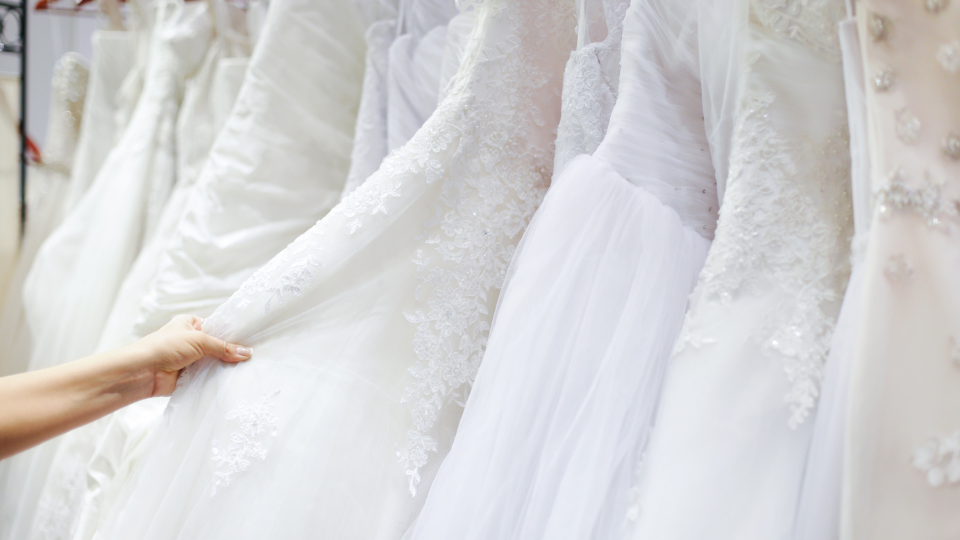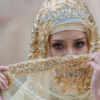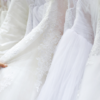A Timeless Journey Through History
Bridal fashion has evolved over centuries, reflecting the cultural, social, and economic shifts of each era. From ancient civilizations to modern times, the wedding dress has been a symbol of love, beauty, and tradition. Let’s embark on a journey through history to explore the diverse and fascinating world of bridal fashion.
Ancient Civilizations
- Ancient Egypt: Egyptian brides often wore simple linen dresses, adorned with intricate jewelry and elaborate hairstyles. White was not a common color for wedding dresses, as it was associated with mourning. Instead, brides wore vibrant colors like red, blue, or yellow.
- Ancient Rome: Roman brides wore a long, white tunic called a stola and a veil. The color white symbolized purity and innocence. They also wore a distinctive orange veil called a flammeum, which was believed to ward off evil spirits.
- Ancient Greece: Greek brides wore a long, flowing chiton and a veil. The color saffron yellow was often chosen for the veil, as it was associated with the goddess of marriage, Hera.
Medieval Europe
- Medieval Europe: During the Middle Ages, bridal fashion was influenced by religious beliefs and social status. Wealthy brides wore elaborate gowns with long, flowing sleeves and ornate headpieces. Poorer brides wore simpler dresses made of linen or wool.
- Renaissance: Renaissance brides embraced a more opulent style, with gowns featuring rich fabrics, intricate embroidery, and wide, flowing sleeves. Corsets were also popular during this period, emphasizing a slender waistline.
Victorian Era
- Victorian Era: The Victorian era saw a significant shift in bridal fashion, with a focus on modesty and purity. White became the standard color for wedding dresses, symbolizing innocence and virginity. Gowns were often high-necked, long-sleeved, and made of heavy fabrics like satin or lace.
20th Century and Beyond
- Early 20th Century: In the early 20th century, bridal fashion became more streamlined, with a focus on comfort and practicality. Flapper-inspired dresses with shorter hemlines and loose silhouettes were popular during the 1920s.
- Mid-20th Century: The mid-20th century saw a return to more traditional styles, with full skirts, fitted bodices, and long veils. However, the 1960s brought a revolution in bridal fashion, with shorter dresses, bold colors, and unconventional designs.
- Modern Era: Modern bridal fashion is incredibly diverse, with a wide range of styles to suit every taste. From minimalist gowns to elaborate ball gowns, there is something for everyone. Sustainable and ethical fashion has also gained popularity in recent years, with designers using eco-friendly materials and ethical production practices.
By understanding the historical context of bridal fashion, we can appreciate the beauty and significance of the wedding dress. Whether it’s a traditional gown or a modern design, the wedding dress remains a timeless symbol of love and commitment.





